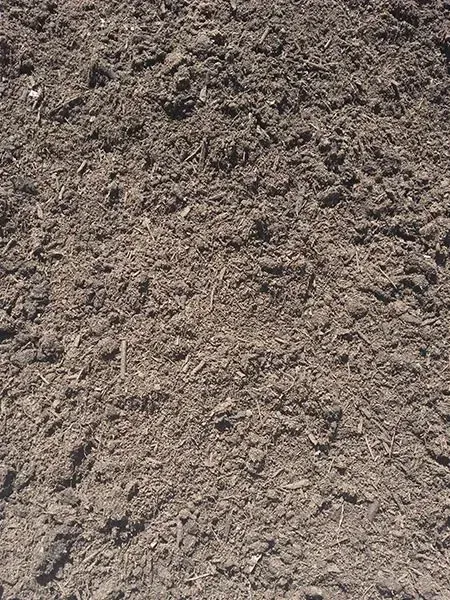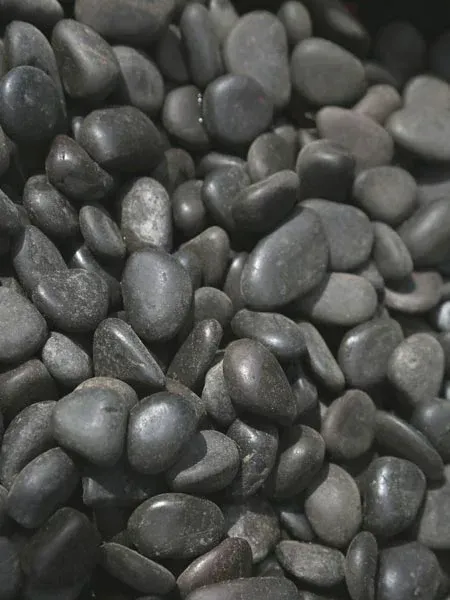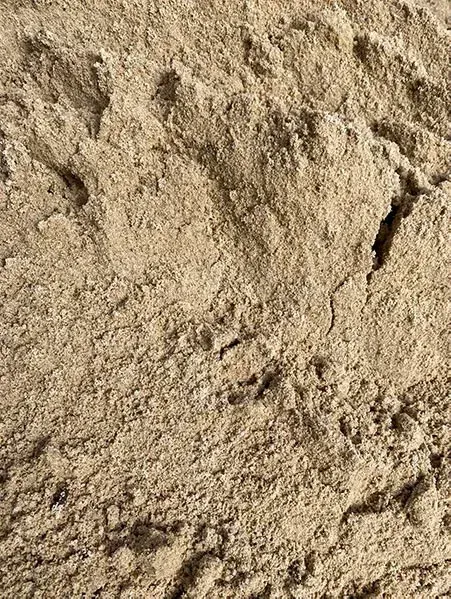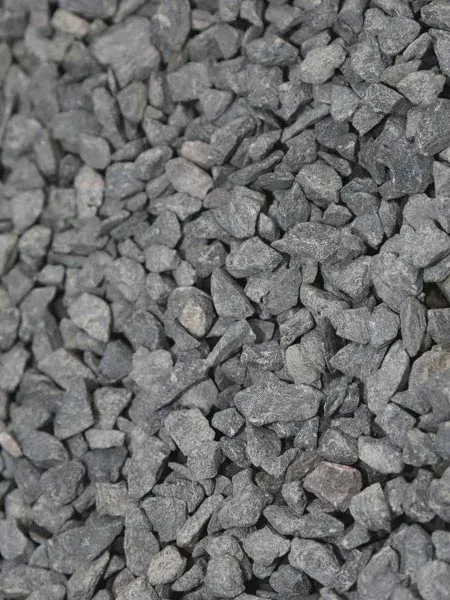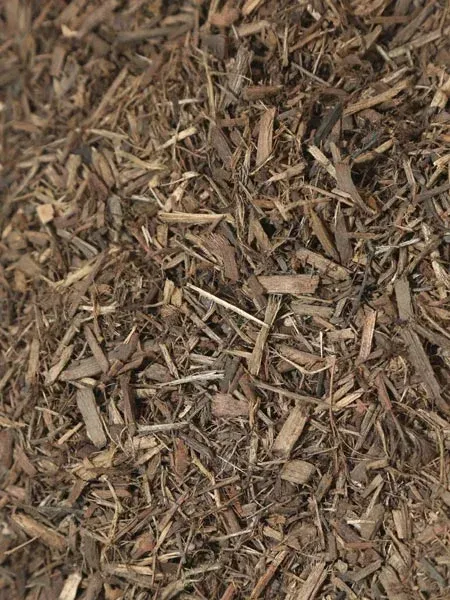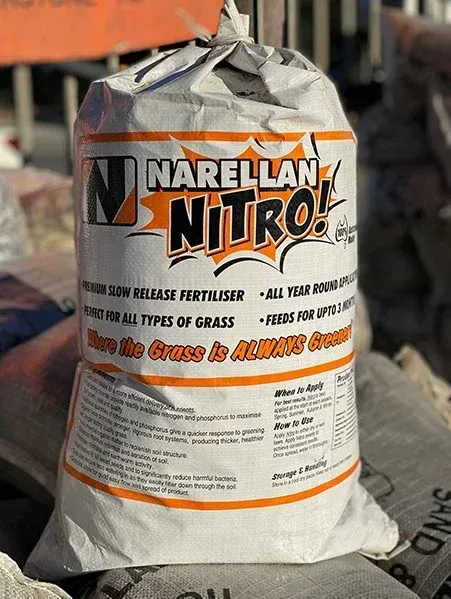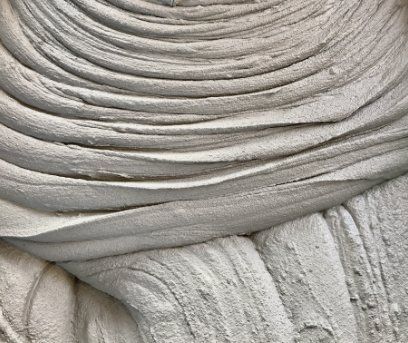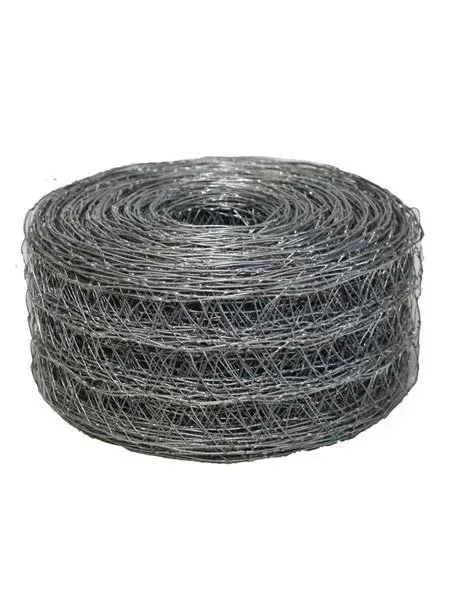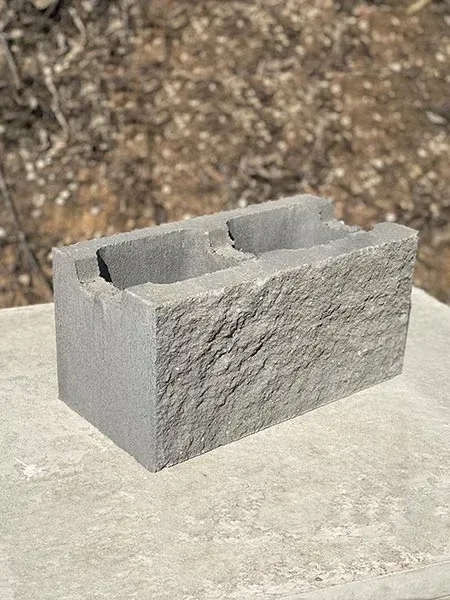Premium clay is a versatile material with a wide range of applications for various industries, including construction, pottery, and even art. Its unique properties make it a valuable resource for different purposes. In this blog, we will explore the uses, characteristics, and benefits of premium clay, providing you with a comprehensive understanding of its applications.
Premium clay is commonly used in construction projects for its ability to retain moisture and provide stability to the soil. It is often utilised in creating clay barriers or liners for ponds, lakes, and other water containment systems. The clay's high plasticity and low permeability make it an ideal choice for preventing water seepage and maintaining water levels.
In the field of pottery and ceramics, premium clay is highly prized for its workability and ability to hold shape. It is used to create various ceramic objects, including pots, sculptures, and decorative items. Clay artists appreciate its malleability, allowing them to mould and shape the clay into intricate designs. Once fired, premium clay hardens, resulting in durable and long-lasting ceramic creations.
Additionally, premium clay can be utilised for artistic and educational purposes. It is often used in modelling and sculpting projects due to its flexibility and fine texture. Artists, students, and hobbyists can explore their creativity by working with premium clay to create unique art pieces, figurines, or architectural models.
Premium clay is a versatile material with numerous applications in construction, pottery, and art. Its moisture retention properties make it suitable for water containment systems, while its workability and ability to hold shape make it ideal for pottery and ceramics. Whether you are a contractor, potter, or artist, premium clay offers a range of possibilities for your projects. For further information and assistance on
premium clay and other construction supplies, contact Narellan Sand, Soil & Garden Supplies.

